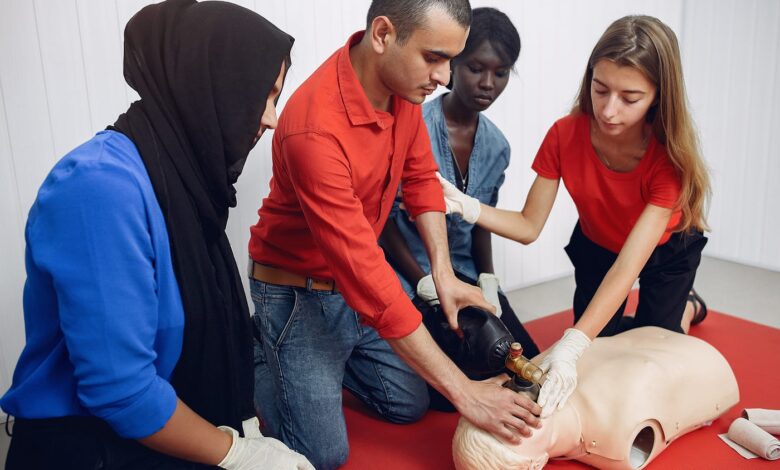The Importance of First Aid Training: What You Need to Know

First aid training is often undervalued or overlooked, yet it plays a crucial role in equipping individuals with the skills and confidence to respond effectively to emergencies. Whether at home, work, or in public spaces, knowing how to administer first aid can make a significant difference in saving lives and preventing further injury. Let’s explore why first aid training is essential and what you need to know about it.
1. Immediate Response
One of the primary reasons why first aid training is vital is its ability to provide immediate response in emergency situations. Whether it’s administering CPR to someone experiencing cardiac arrest or applying pressure to a bleeding wound, trained individuals can step in swiftly and provide life-saving assistance until professional help arrives. This immediate response can greatly improve outcomes for the injured or ill person.
2. Preventing Further Injury
Properly trained individuals understand how to assess the situation and prioritize actions to prevent further injury or harm. For example, they can safely move an injured person into a recovery position to maintain an open airway or immobilize a fractured limb to prevent further damage. By taking appropriate measures, trained individuals can minimize the risk of complications and promote better recovery outcomes.
3. Increased Confidence
Participating in first aid training not only provides practical skills but also boosts confidence in handling emergency situations. Confidence is key when faced with stressful or chaotic circumstances, as it enables individuals to remain calm, focused, and decisive in their actions. Knowing that you have the knowledge and skills to assist someone in need can make a significant difference in your ability to respond effectively.
4. Workplace Safety
Many workplaces require employees to undergo first aid training as part of their health and safety protocols. This is especially important in industries where the risk of accidents or injuries is higher, such as construction, manufacturing, or healthcare. By investing in first aid training for employees, employers can create a safer work environment and reduce the likelihood of workplace accidents or incidents.
5. Community Resilience
Communities with a higher prevalence of individuals trained in first aid are more resilient in times of crisis or disaster. Whether it’s a natural disaster, mass casualty event, or public health emergency, having a network of trained individuals can help mitigate the impact and provide essential assistance to those in need. First aid training fosters a culture of preparedness and community resilience.
In conclusion, first aid training is not just a valuable skill—it’s a lifesaving one. By learning how to respond effectively to emergencies, individuals can make a meaningful difference in the lives of others and contribute to safer, more resilient communities. Investing in first aid training is an investment in safety, confidence, and preparedness for the unexpected.
Validity Period of First Aid Certification: Importance and Guidelines. Learn its importance and follow guidelines to ensure readiness for emergencies remains current.




